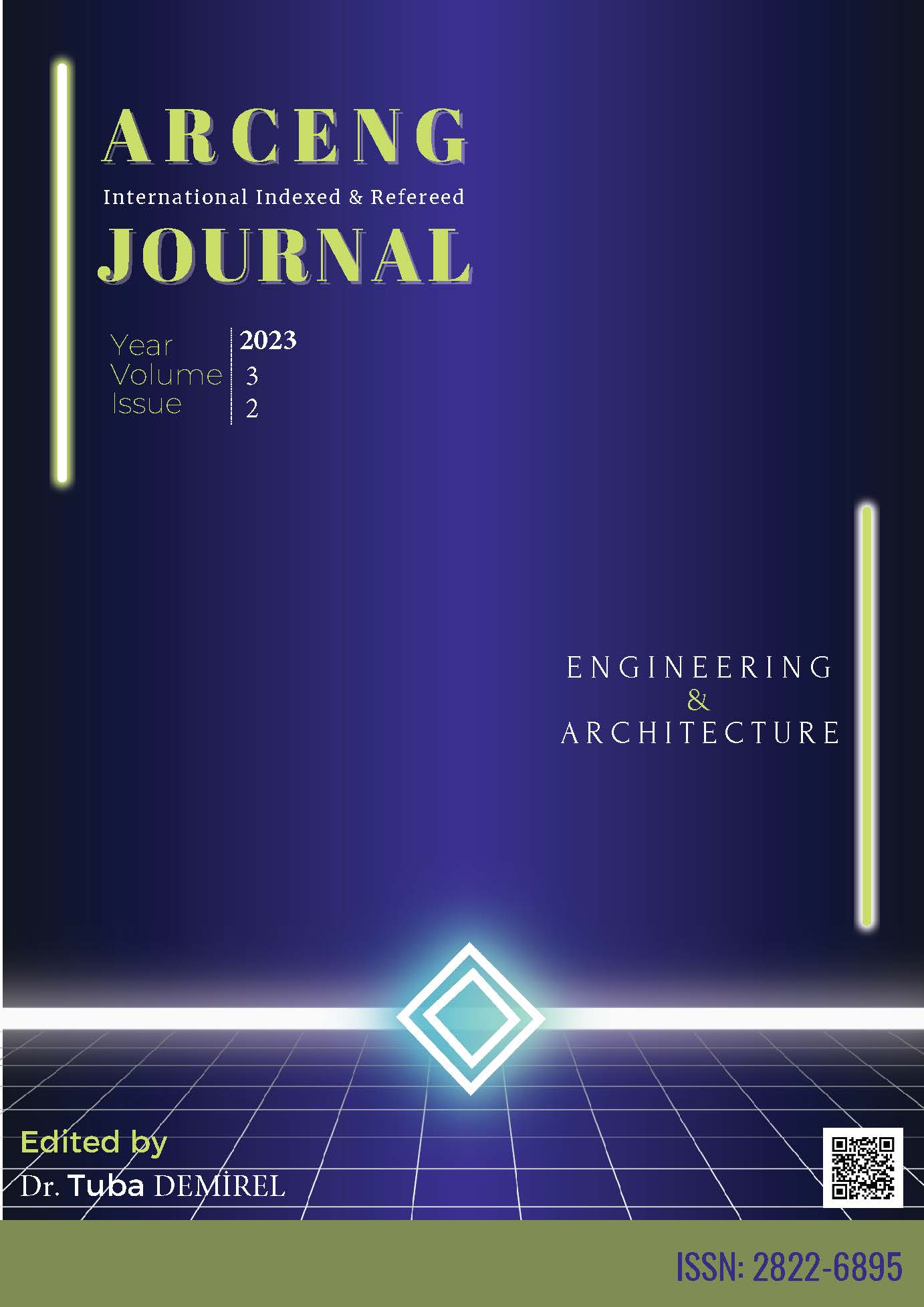SOIL LIQUEFACTION POTENTIAL STUDYING IN THE SOUTH OF URMIA PLAIN
DOI:
https://doi.org/10.5281/zenodo.10470785Keywords:
Liquefaction, Standard Penetration Test, Southern Urmia Plain, Soil, Seismic Geotechnics, Japan highway bridges 1999Abstract
Liquefaction is one of the main topics of seismic geotechnics. The effects of liquefaction on structures and installations during an earthquake can be very destructive. In the two earthquakes Alaska and Niigata Japan in 1964, spectacular examples of earthquake-induced failures, such as rupture of slopes, deformation of foundation in buildings and bridges, and the floating of buried structures a result of the flow of soil bed occurred. In liquefaction in general, soils tend to be denser when non-adherent, saturated and loose soils are exposed to earthquake vibrations. However, in certain granulation ranges, drainage is somewhat slow, as the rapid fluctuations in the soil due to lack of drainage will necessarily increase the pore pressure. Increasing pore water pressure results in a reduction in effective stress, which results in reduced shear resistance of the soil. Based on the relationship between the geostatic stresses in the soil, the increase in pore pressure may reduce the effective stress in the soil, which results in low or even zero shear strength and, consequently, Soil flows into fluid state, which is called liquefaction. In this research, we will study this phenomenon in the East of Urmia plain using the Japanese specifications for highway bridges 1999. The basis of this method is the evaluation of the liquefaction potential, by comparing the liquefaction resistance assessed from the soil SPT with the shear stress ratio induced by the earthquake to the normal effective stress from the earthquake. Of the 6 study boreholes, only one of the boreholes with high-liquefaction risk was evaluated. So the risk of liquefaction is very low. In general, the southern part of Urmia region requires more geotechnical studies due to the density of existing industries and roads, and also geophysical studies such as the use of shear waves.
References
Alizadeh A. (2011). Studying the potential of liquefaction in the southern soil of Urmia with a special view on the Maragheh-Urmia railway in this area, Master's thesis, Islamic Azad University, Ahar Branch, pp34-52
Das Braja M. (2010). Geotechnical Engineering Handbook, J. Ross Publishing
Eskisar.T, E. Karakan. (2015). “Assessment of liquefaction behavior of Izmir sand reinforced with randomly distributed fibers,” in Proceedings of the 6th International Conference on Earthquake Geotechnical Engineering, Christchurch, New Zealand, November.p.43
F. Canaslan Comut, A. Ustun, M. Lazecky, D. Perissin, (2016) Capability of Detecting Rapid Subsidence with COSMO SKYMED and Sentinel-1 Dataset over Konya City, in: Living Planet Symposium, 2016, pp. 295.
Islami A. (2007). Design and Implementation Engineering, Building and Housing Research Center, Tehran, p.17
Shahraei M. (1994). Description of Urmia quadrilateral geological map to scale 1: 250,000, Geological Survey of Iran, Tehran, p.11
Maurer B W., Green, R. A., Taylor, O D. (2015). Moving towards an improved index for assessing liquefaction hazard: lessons from historical data, Soils Found. 55, pp778–787.
Mir Mohammad Hosseini, S M. (2006). Guide to the Rehabilitation of Loose Lands Against Liquefaction, AmirKabir University, p.112
M. Motagh, R. Shamshiri, M.H. Haghighi, H.-U. Wetzel, B. Akbari, H. Nahavandchi, S. Roessner, S. Arabi, (2017) Quantifying groundwater exploitation induced subsidence in the Rafsanjan plain, southeastern Iran, using InSAR time-series and in situ measurements, Engineering Geology, 218 (2017) 134-151.
Naghizadeh R. (2005). Quadrangular geologic map of Oshnavieh, scale: 1: 100000, Geological Survey of Iran, Tehran
Noorzad Ali.(2010). Soil Liquefaction. Recent findings and achievements, University of Water and Power Industry, Tehran, pp.64-76
Robert W D. (2002). Geotechnical Earthquake Engineering Handbook; McGraw- Hill Comoanies
Sonmez H. and C. Gokceoglu. (2005). A liquefaction severity index suggested for engineering practice. Environmental Geology 48(1): 81-91.
Xiao-Wei Tang Xu Bain, Ji-Lei Hu, and Jiang-Nan Qiu. (2018). Assessment of liquefaction-induced hazards using Bayesian networks based on standard penetration test data, natural hazards and earth system scıence, 4, p.34
Zhang W. G., Goh, A. T. C., Zhang, Y. M., Chen, Y. M., and Xiao, Y. (2015). Assessment of soil liquefaction based on capacity energy concept and multivariate adaptive regression splines, Eng. Geol., 188, pp 29–37
Zhang W. G. and Goh, A. T. C, (2016). Multivariate adaptive regression splines and neural network models for prediction of pile drivability, Geosci. Front., 7, pp,45–52.
Downloads
Published
How to Cite
Issue
Section
License
Copyright (c) 2023 ARCENG (INTERNATIONAL JOURNAL OF ARCHITECTURE AND ENGINEERING) ISSN: 2822-6895

This work is licensed under a Creative Commons Attribution-NonCommercial 4.0 International License.


